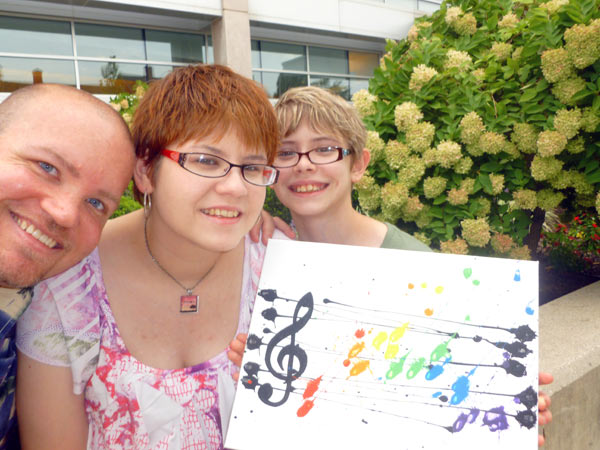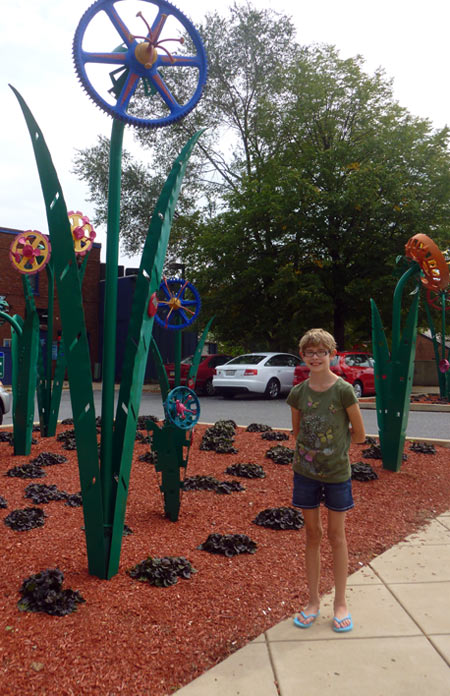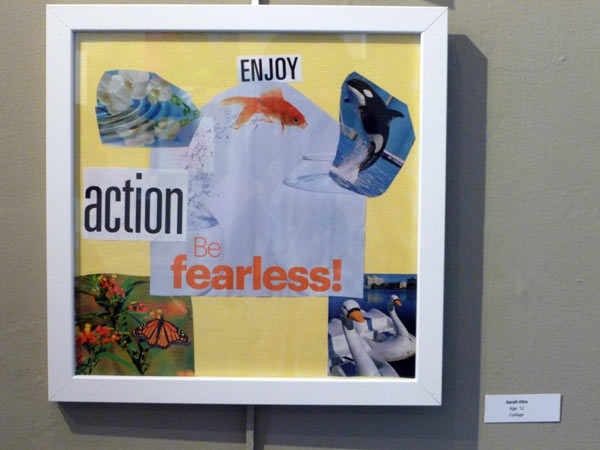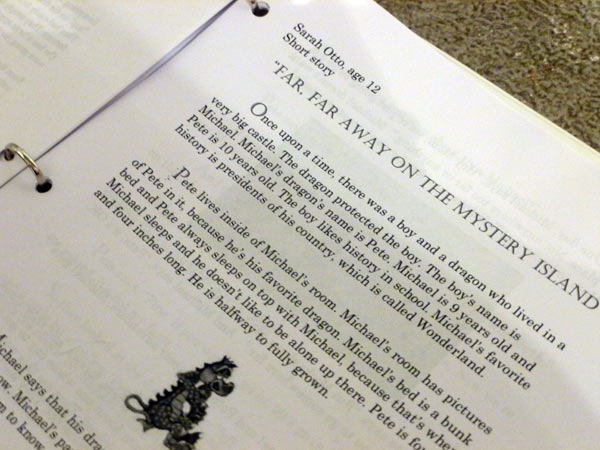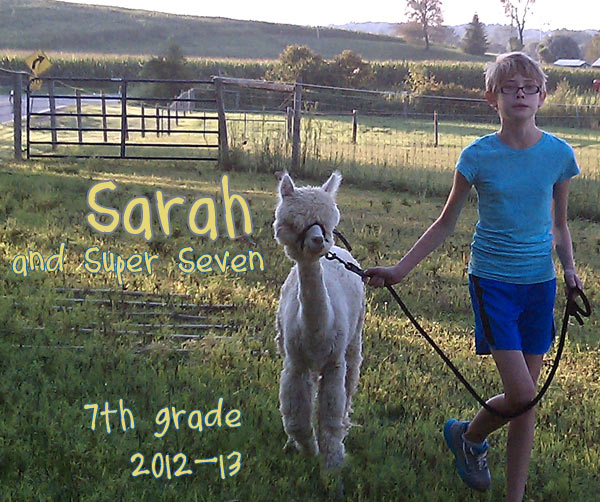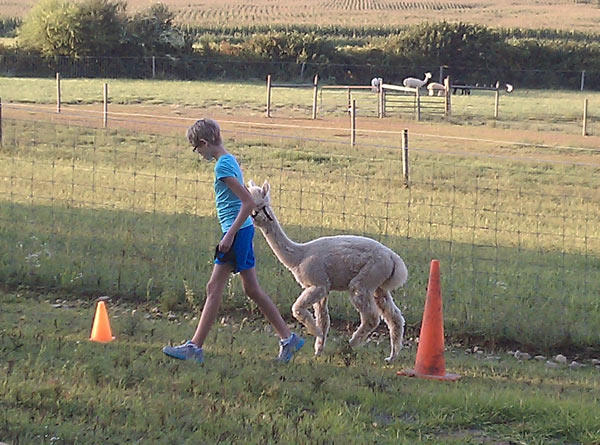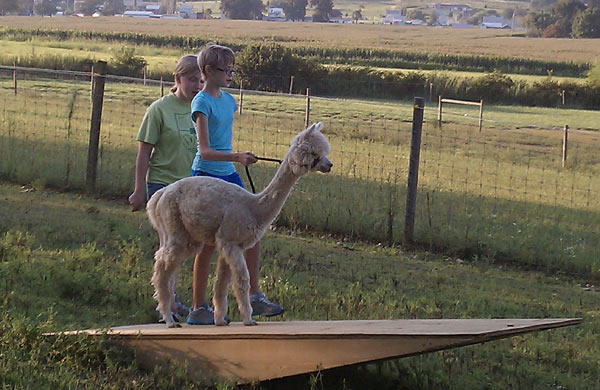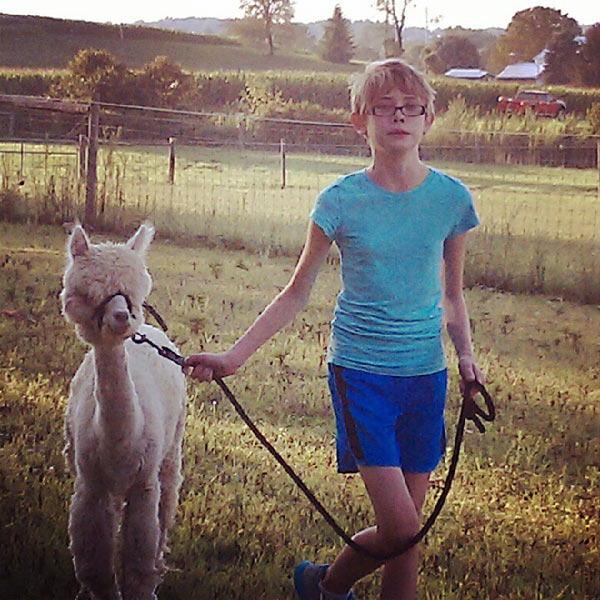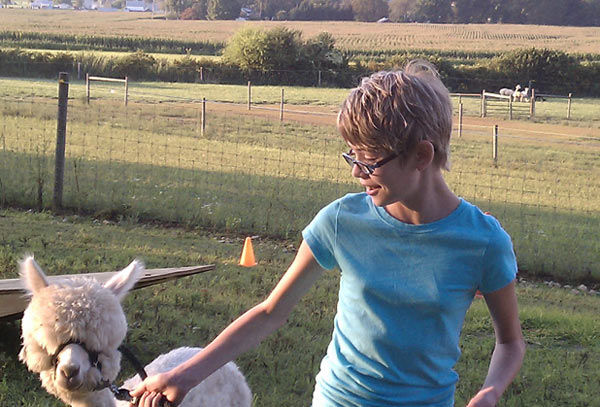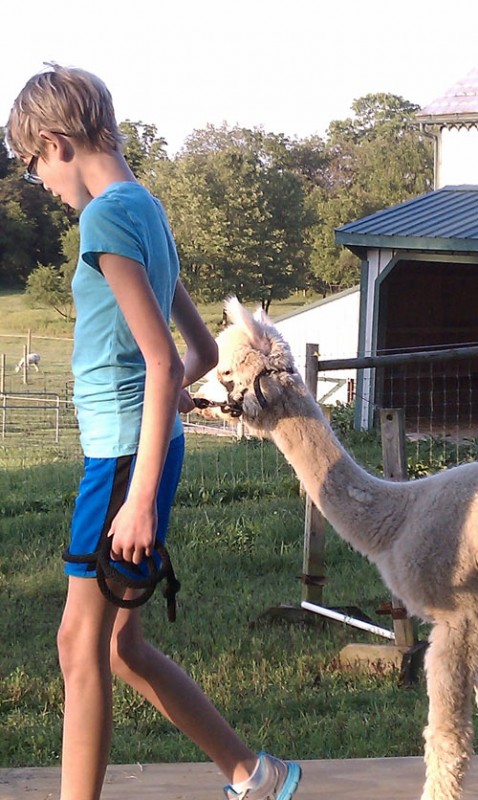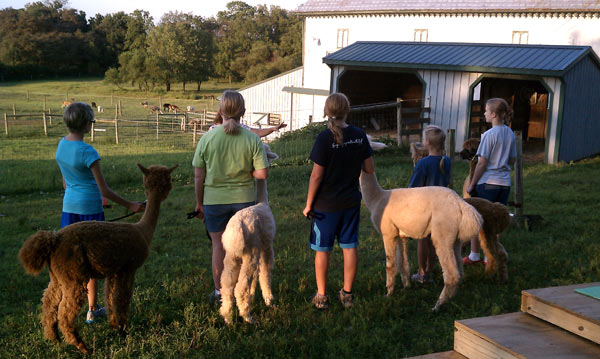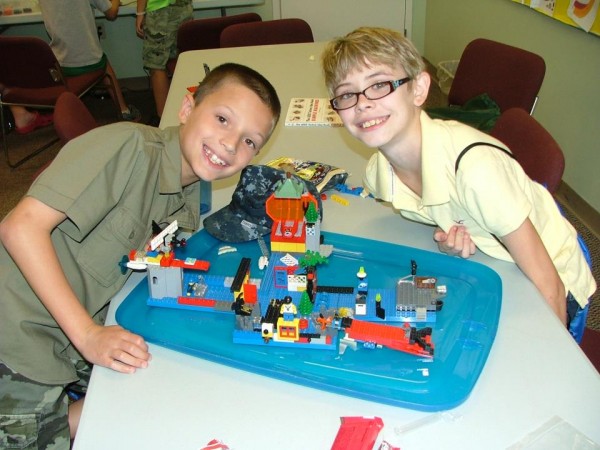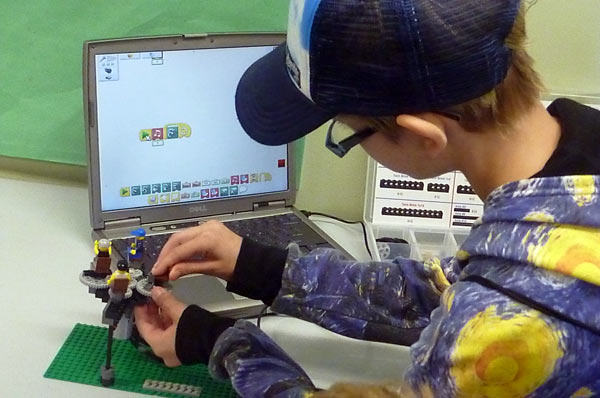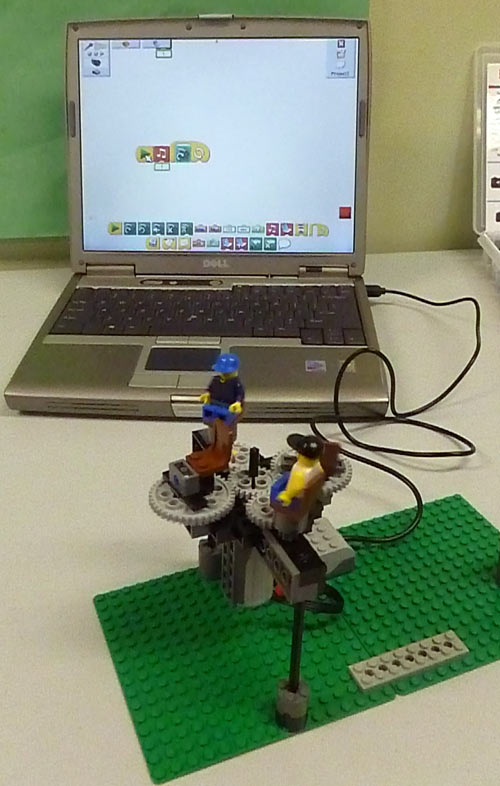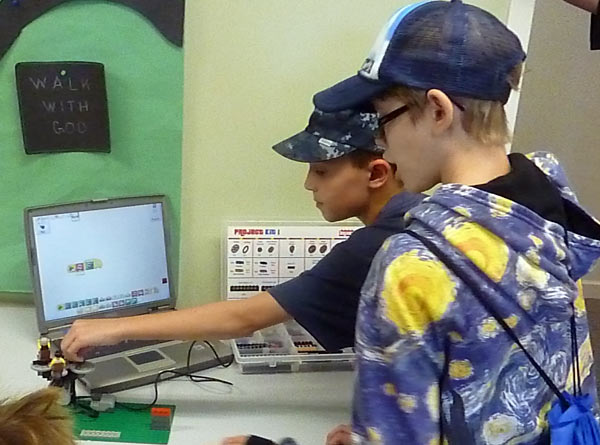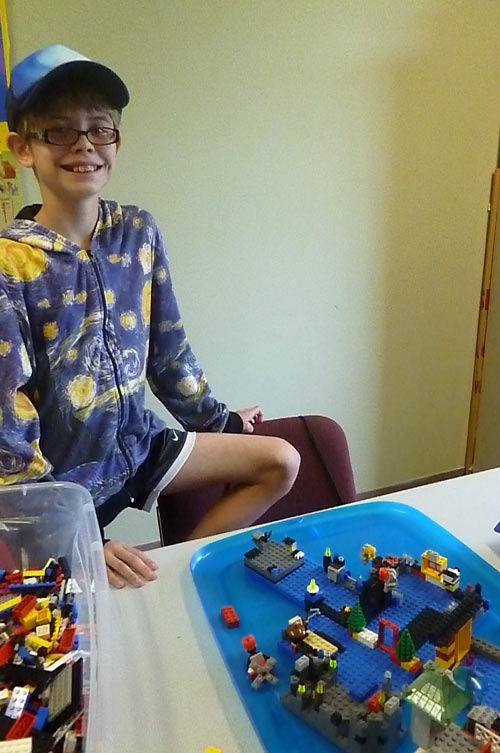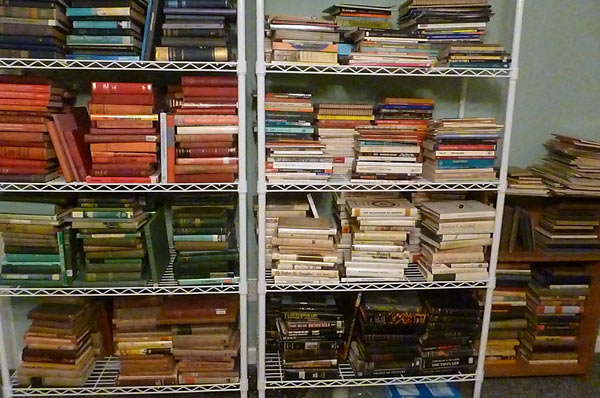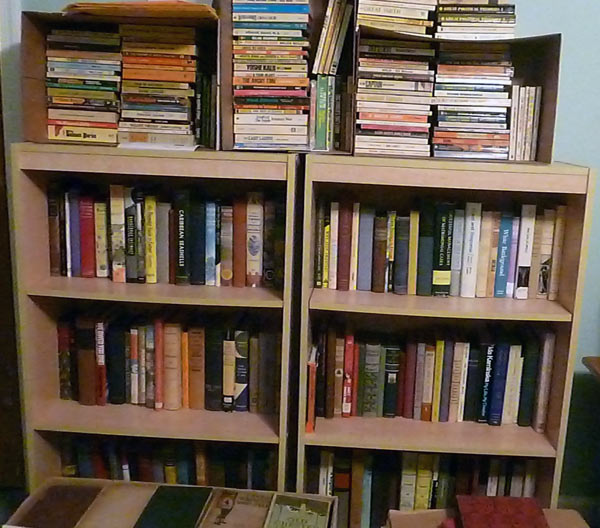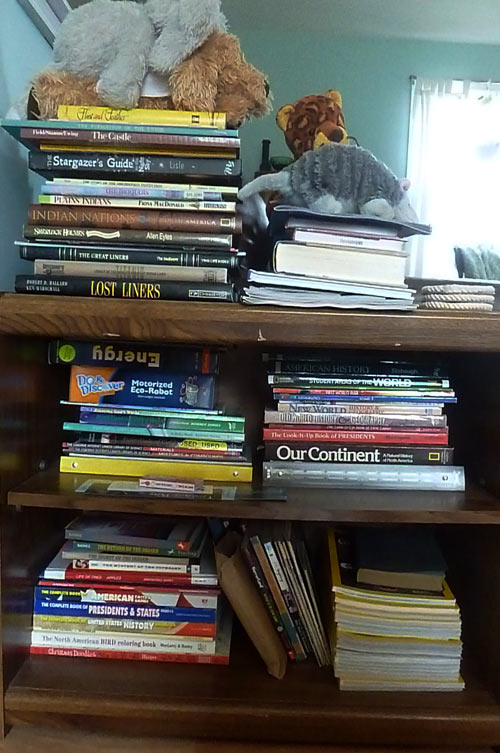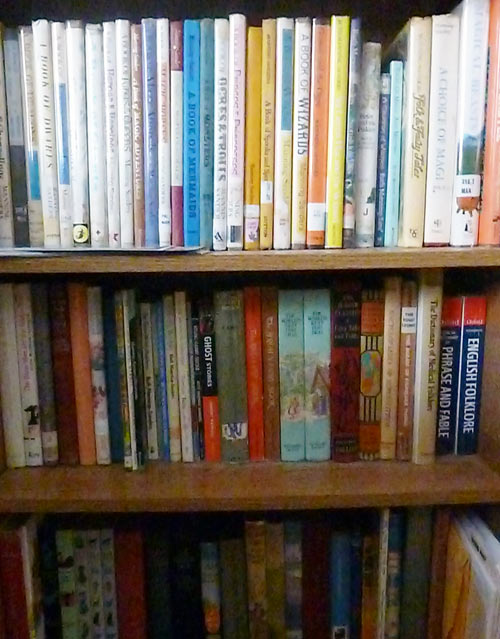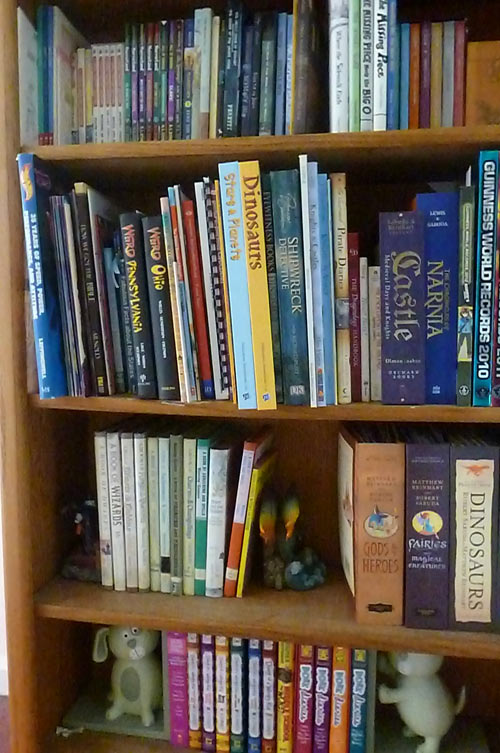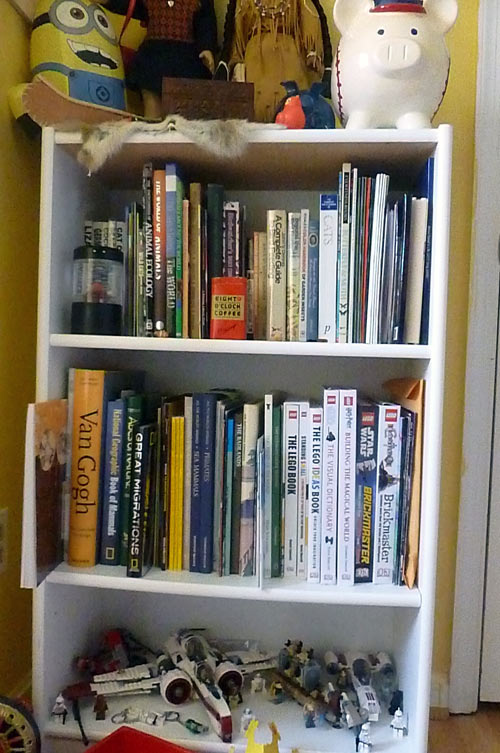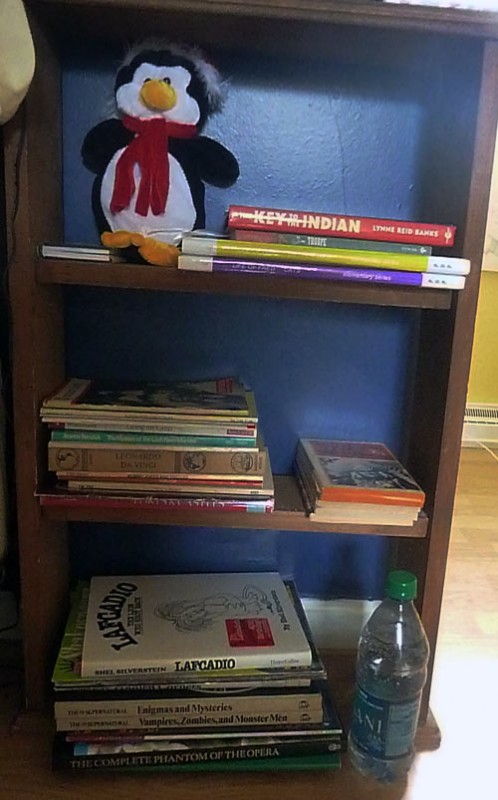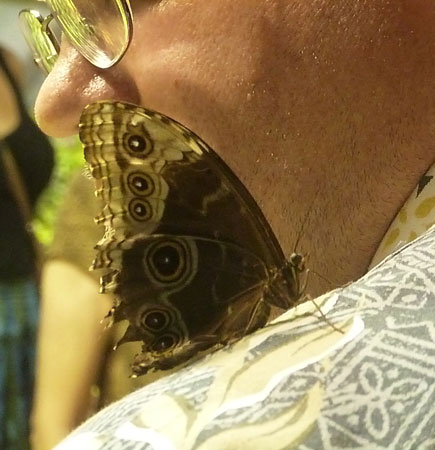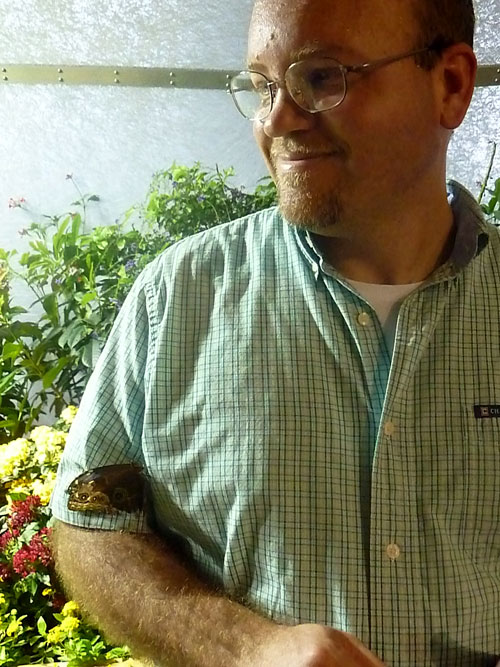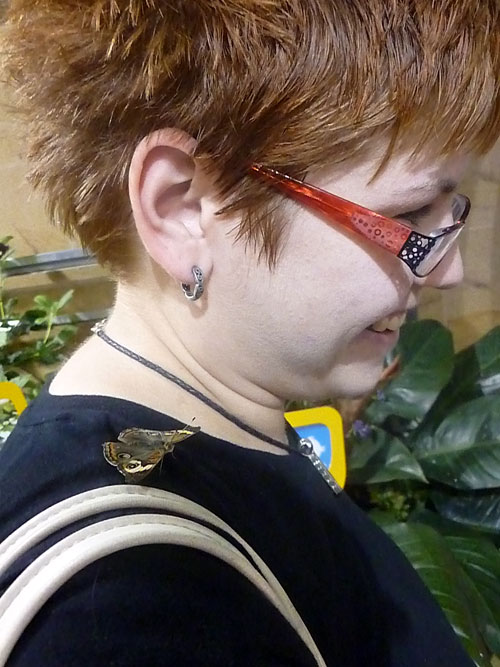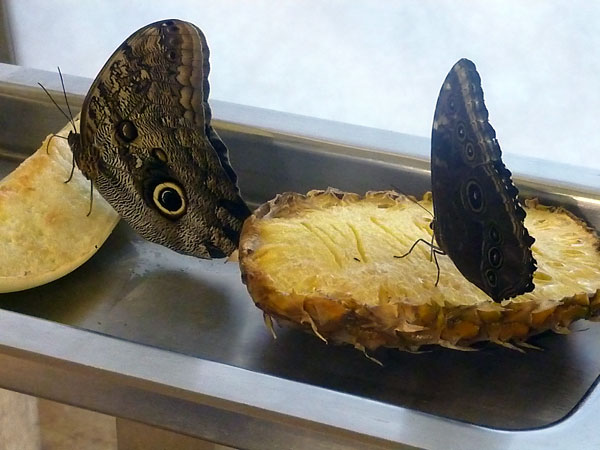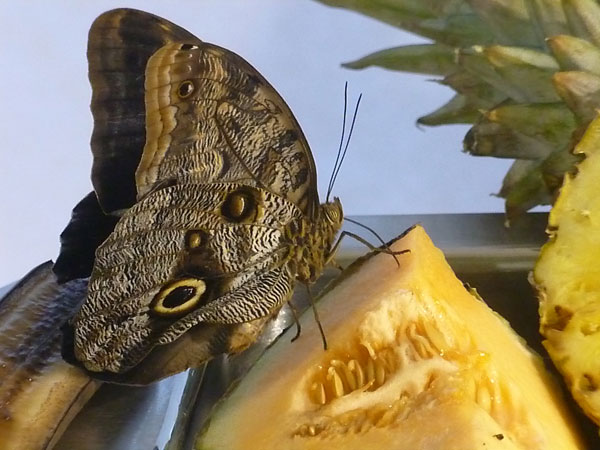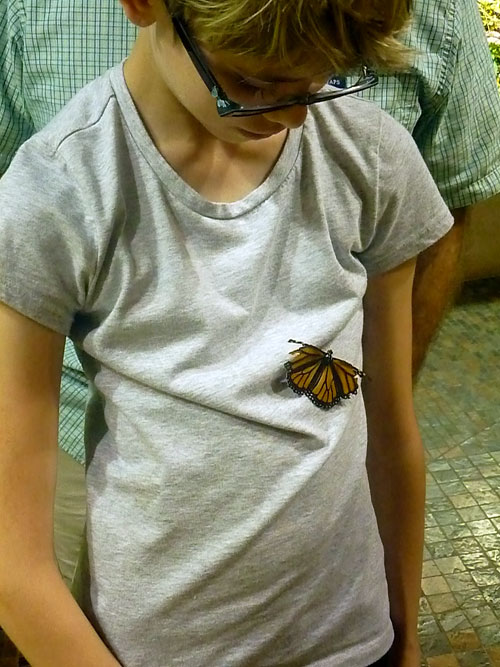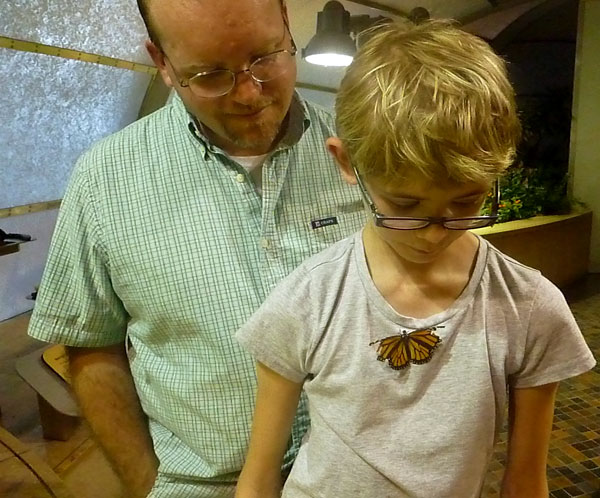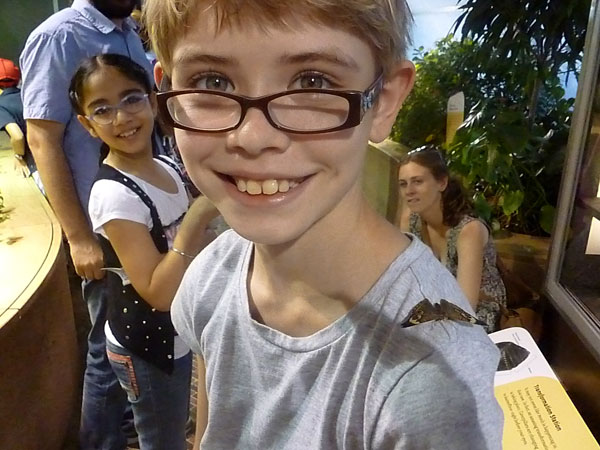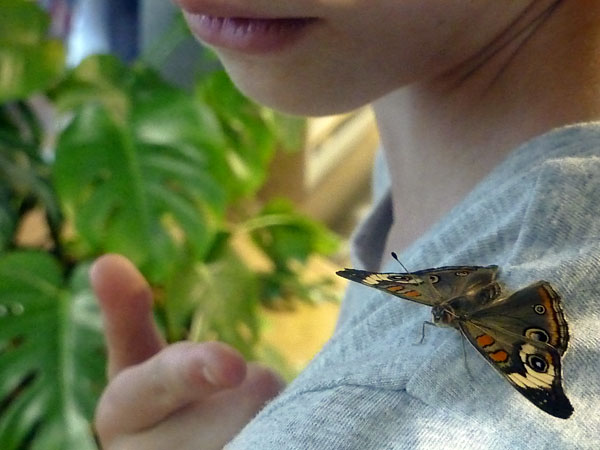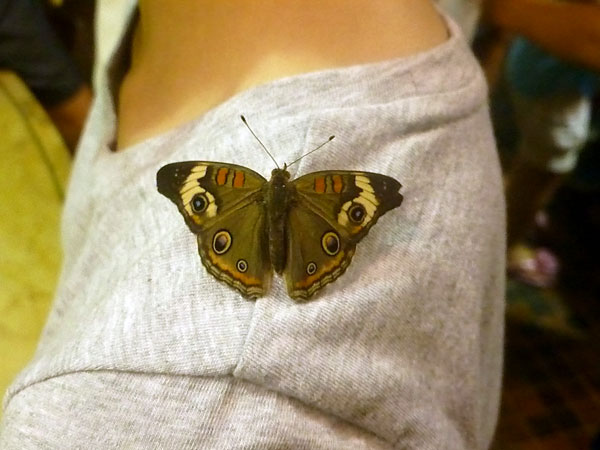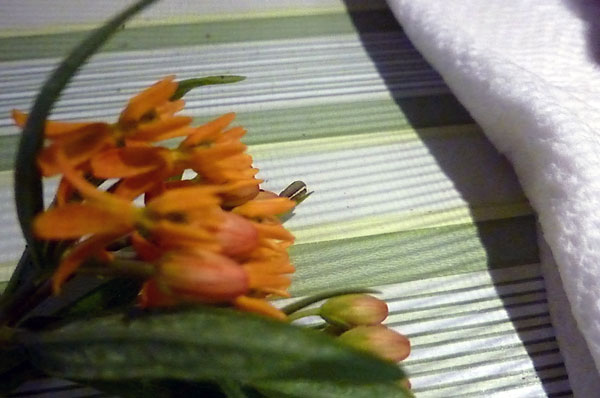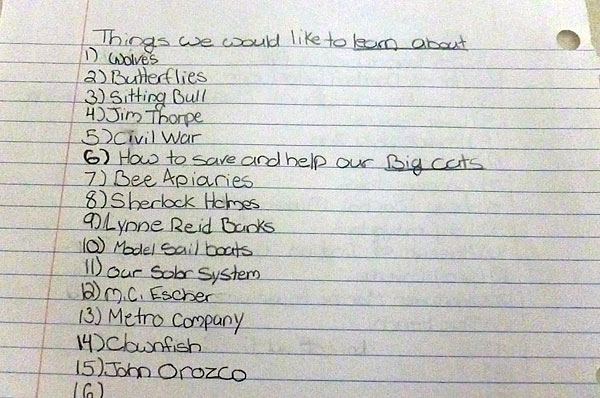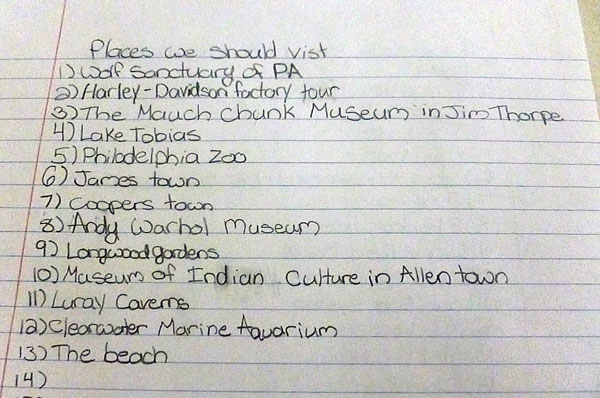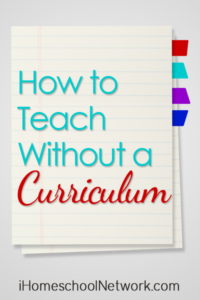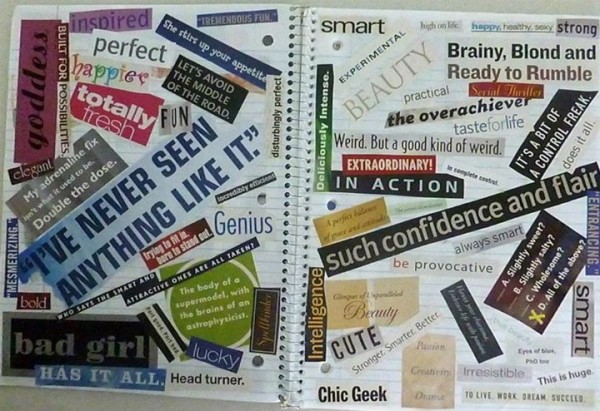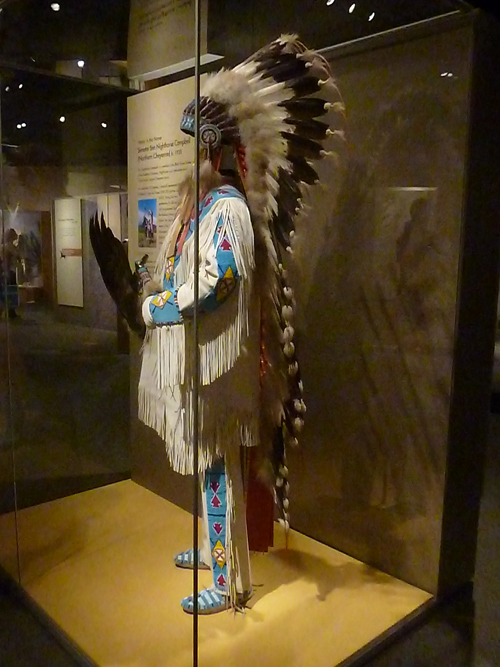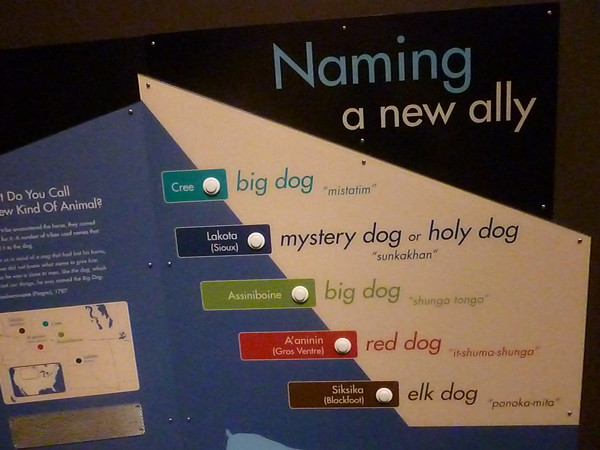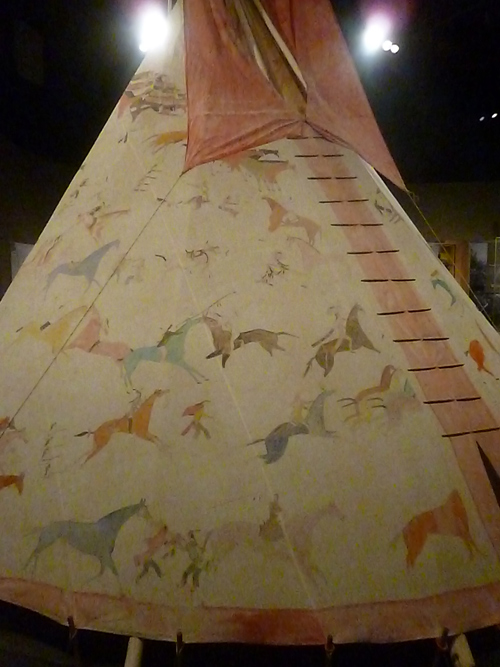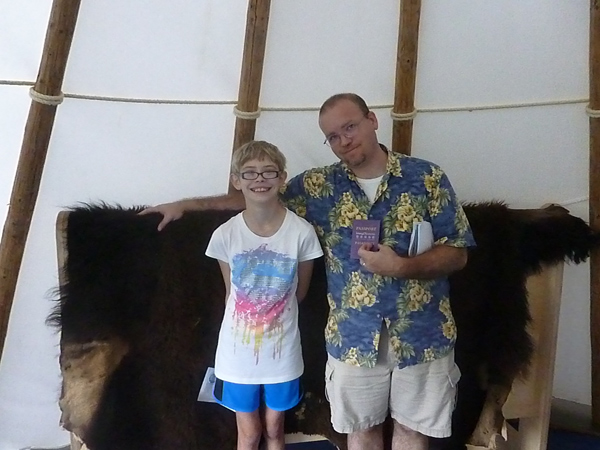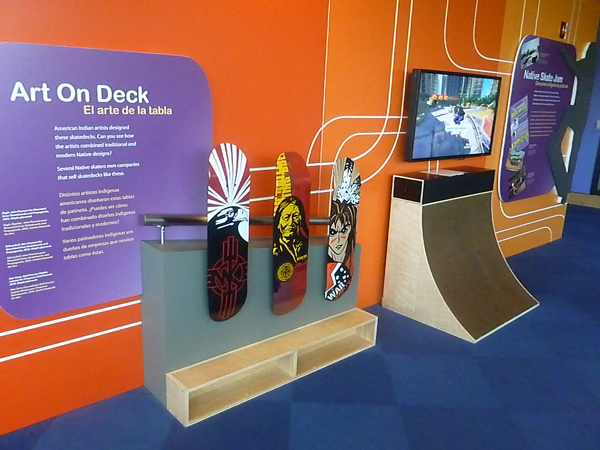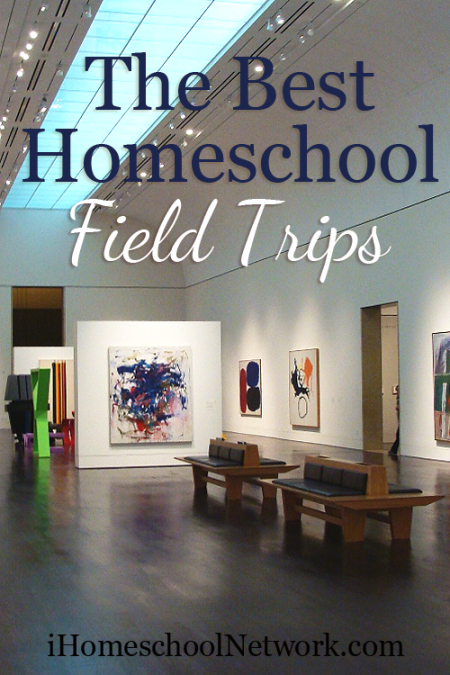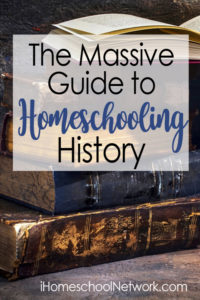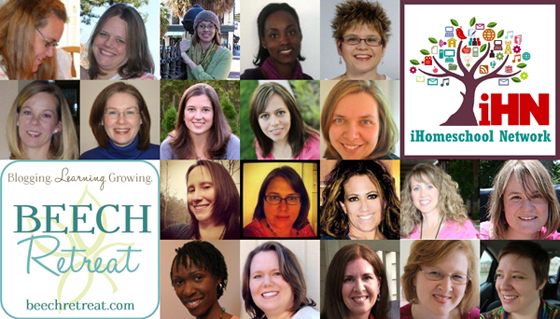Welcome, sudden COVID-19 homeschoolers
If you’re finding this post in 2020 after suddenly having your kids learning at home during the COVID-19 crisis, welcome. This post was originally written in 2012, but recently updated with some more specific tips for the current situation. If you’re struggling, feel free to drop me a comment or email if you have specific questions. I can’t promise my replies will be quick – because I am working full-time at home and juggling other things – and please know that my real skill is knowing how to point you to people who know a lot more than I do – but I’m glad to do it.
Some days, I feel like my head is going to explode.
I’m a wife, a mom, a daughter, a sister, a friend, a blogger, a martial artist, a homeschooling facilitator, a web developer and a nonprofit founder and, occasionally, it all gets to be a bit much.
There are days where I wallow in “oh, poor me.” You know…
I work at home. I don’t even have a home office – just a table with a laptop on it in the middle of our main floor.
I don’t use a planned curriculum, so just about everything my son learns requires my direct involvement.
I’d love to be able to have “free time,” or even “uninterrupted time,” but it never happens.
Someone still has to keep up with the dishes, the laundry and the floors, and that someone is often me.
And then I realize how fortunate I really am.
I’m busy – but so are you. So is your spouse. So is your mother-in-law. So is your neighbor’s sister’s cousin’s friend. And all of us make choices, and we make the time for what’s really important to us.
That’s why I’ve made the time to compile what I hope will be the ultimate guide to homeschooling for working moms – because it’s important.
- It’s important to me that no one says, “Oh, homeschooling is the right choice for our family, but we can’t because I have to work.”
- It’s important to me that no one says, “If I homeschool AND work, we’re only ever going to eat takeout.”
- It’s important to me that no one says, “Sure, I can homeschool and work and keep up the house – but I’m stuck being the martyr who has no personal life and no time for friends or fun.”
- And, here in 2020, it’s important to me that no one says, “I just can’t. There’s too much going on, and my own mental health is faltering, and I know my kids need me and I don’t think I can keep going.”
This guide is my look at how NOT to end up like that. At how to try to spin the plates or juggle the balls or whatever metaphor you choose.

Here’s who this guide is for:
- Homeschooling parents who work outside the home.
- Homeschooling parents who work FROM home.
- Homeschooling parents, REGARDLESS of job status, who feel like there’s never enough time in the day for themselves, their spouse, their friends or their house.
- Parents who want to homeschool, but aren’t doing so because of job demands.
- Parents who work and want to spend more quality time with their kids, regardless of educational philosophy.
- And, of course, parents who never intended to homeschool, but who have kids trying to learn from home – either with or without curriculum from their “regular” school – during COVID-19.
That’s a big list, right? Mostly, I encourage you to read through and see how we juggle our household, our homeschool, our work and our personal lives – even if not all those areas apply to you.
I don’t know ANY group of people who wouldn’t like to streamline their lives and have more time – and I hope I can shine a light on some of the resources that have helped us do just that in all these areas.
First things first: Making a list
It doesn’t matter how you do it.
The title graphic for this guide shows my ACTUAL to-do list from 2012, from a calendar pad I got each year at the kiosk in the mall. I generally wrote part-time job items toward the top, full-time job items in the middle and personal and family items at the bottom. (No, not in order of priority!) Now, I use twoHappy Planners, one for my full-time job and one for everything else.
But you can use Post-Its, a Google Doc, a whiteboard, the back of your hand, whatever.
Make yourself a list, though, of what you need to juggle today. Not an idealistic, “Boy, it’d be nice to wash the insides and outsides of all the windows while the baby’s napping” type of list. This should be a list of stuff that has to happen before you can sleep at night. Appointments, work tasks (including concrete subtasks of larger projects), homeschooling objectives (depending on your learning method).
I will write on my list the night before anything I can think of, then I revisit it first thing in the morning. You will often see great things like “Take chicken out of freezer” on The List – because there’s nothing like realizing at 5:45 that dinner is currently in a tundra-like state and your kids’ next Outschool class is at 7 p.m. Hypothetically.
That’s what keeps me sane – because my brain is too full of the thousand awesome things that happen on a given day to be counted on to remember the chicken and the Twitter responsibilities and the live online class your child is doing. I bet yours is too – so give yourself the freedom of writing it down.
Keeping up with your HOUSEHOLD
Let’s get real here. For most of us, this is the LOWEST priority item when it’s compared with your kids’ learning, your work and your personal life. That’s actually why I’m starting with it.
Disclosure: This post has some affiliate links. I only link to things we legitimately use and recommend, so if you see such a link, it's because we really do believe in the book or item!
Joan’s takeaway tip: Focus your energy on what matters most, and set up systems to quickly manage the things that matter least.
I do like a clean house. Thankfully, we’ve gotten rid of a TON of our stuff, selling and donating the things we no longer love, and I’ve quickly realized that the less stuff we have, the easier the house is to keep up.
Our biggest areas of work are our laundry, our dishes and our floors. So we’ve set up good systems for some of them – like keeping laundry baskets in each bedroom and washing when any one gets full. The floors are the hardest to keep up with, thanks to our menagerie of four cats, but I try to vacuum at least once a week and to clean up spills when they happen, which is WAY quicker than mopping the floors in our above-average-sized house.
Here are some of the resources that have helped us – OK, mostly me – keep up the house in a way that isn’t time-consuming, but leaves us ready for drop-in guests at almost any time.

- First, I have to share that there are other “Ultimate Guide” posts entirely devoted to this topic. I would highly encourage you to check out The Ultimate Guide to Housekeeping Habits on HODGEPodge for a much more thorough list of resources than I can get into here. I will hit some of my highlights, though!
- Tops on my list is Flylady, both her website as well as her book, “Sink Reflections.” I’ve been “flying” with Flylady, aka Marla Cilley, since probably 2001. Her system taught me to do one thing at a time, and to chip away for short, focused periods. I can’t take a full day to deep-clean my house. Not gonna happen. But I can take 15 minutes that I’d otherwise waste playing phone games and vacuum one floor of the house. I can take 15 minutes and sort out a drawer full of junk that’s gotten hard to close – and so can you.
- The other big items on my list of key “household” influencers are Adam Baker’s Man vs. Debt and Sell Your Crap. I actually worked for Baker as his project manager (and writer!) when I originally wrote this post in 2012, but I’m not getting any money out of this. And, in fact, when I discovered MvD in 2010, I had no idea I’d someday live the dream of WORKING on it! At the time, I had a serious excess of stuff, and a matching serious excess of debt. We’re doing better on the “stuff” front, thanks to selling our crap, and paid off more than $30,000 in consumer debt, which I’m incredibly proud of. Like with your physical house, getting your financial house in order is easier when you simplify. Paying off debt has freed up money, but more importantly, it’s freed up options. In 2012, I was able to change jobs when the opportunity arose to find one that was a better fit for our homeschooling lifestyle; here in 2020, financial flexibility means we can support our local restaurants with takeout dinners.
I said I wasn’t going to go into too much detail in this area, but I do have one piece of assurance to offer you. As Flylady says, you can do anything for 15 minutes, and all I can say is, isn’t it worth a shot to see if you CAN make a difference in that amount of a time a day? What do you have to lose?
Keeping up with your HOMESCHOOL
One of our biggest motivations for homeschooling was that it would actually use less of our family’s time than traditional school, especially with the volume of homework and projects we were dealing with as parents of a middle-schooler, while allowing us to actually learn more in both depth and breadth.
I have to be careful here, because I absolutely want to be clear that I believe there is no universal right curriculum or right homeschooling “method” or style. We’re very far on the informal end of things, but I believe that for some families, a much more structured approach is the right one.
That said, I know plenty of homeschooling parents who drive themselves crazy by planning WAY too much time for school. Whether you’re working in an office, working from home or not “working” in a career sense but parenting 1, 2, 5 or 8 children, I cannot imagine you can devote 8 hours a day, 5 days a week, to solely your “homeschooling” and have any room left over for the other things you need to do.
Joan’s takeaway tip: You don’t need to be “doing school” for 8 or 10 hours a day – or even for 3 or 4 – for your kids to be learning plenty. The key is flexibility.
For those “bonus homeschooling” – overseeing assignments sent home or provided online by a public or private school, or trying to figure out what to do with kids whose schools did not provide much guidance – this gets harder.
Sometimes, the best way to gain flexibility in the long run is to invest a lot of time at the start to make things go smoother day to day.
A great example of that: Even if you’re using a prepackaged, planned curriculum, or your student’s school sent work home for the COVID shutdown, spend time KNOWING what’s coming, through the week and through the rest of the year. If you have that background, it will be much easier for you to feel confident about adjusting on the fly when work gets hectic or the house looks like it’s a step away from being condemned.
Getting organized is almost as important as being flexible, I think.
I don’t just mean organized in the neat-house way. I mean organized in the “do we know what has to be done when?” sense, and, in turn, avoiding the end-of-the-year, “I don’t know what we learned or what I’m going to show the evaluator and when’s the last time we did anything that conceivably looked like art” panic for traditional homeschoolers and the “My kids are going to have repeat this year because I didn’t keep up with their work!” panic for COVID stay-at-home-schoolers.
With those points in mind, here are some resources to help you make sure that (a) learning is really happening in your family and (b) you still have time to keep your job and keep the dishes from touching the ceiling.
- I actually wrote a post right when we started homeschooling that I think sums up our personal tips for “making it work.” It’s called 10 pieces of advice that helped us get started homeschooling, but it’s good no matter where you are in your homeschooling journey.
- Meanwhile, one of my favorite bloggers, Jimmie of Jimmie’s Collage, has a great list of Homeschool How-Tos that tie heavily into the idea of being flexible. My favorite part? “There is always something that needs to be done. So if math is causing frustration, move to science. If writing is not clicking today, work on art instead. If school is generally a disaster, well, do some organizing in the bedroom, make a craft, or take a nature walk. … In my view, as long as forward motion is happening, we are succeeding in our homeschool.” Amen, Jimmie!!
- Pick the days and times for “school” that work best for you. You might be an unschooler, or you might be using one of the popular Sonlight cores or a curriculum like Calvert that has a daily lesson plan, or something sent home by your kids’ school. Doesn’t matter. In most cases, nowhere – NOWHERE – does it say that you need to work on that material Monday through Friday, or when it’s daylight out. (Obviously, live classes or school deadlines willing!) But thank goodness there are tons of options like weekend schooling, evening schooling and so on. (But if so, what do you do with the kids when you’re working? I’ll hit that topic in depth when we talk about managing your job!)
- If you have to provide any homeschool documentation, I implore you, do it as you go. We live in Pennsylvania, home of Documentation Requirements That Make Even Organized Moms Weep. (Not an official state motto.) One of the pieces that is required every single year is a “book log” of materials read by date, and I can’t even imagine trying to go back and guess at that even a month after we’ve read something. Specific to our state, I have a guide to homeschooling requirements and downloadable documentation examples. While it’s designed around PA law, I am sure that if you’re familiar with the requirements in your own state, you could easily adapt many of the materials!
- Don’t over-plan or over-schedule. Relax. To me, one of the biggest keys is “Say NO to things.” It is so easy to think that you just HAVE to sign your son or daughter up for this online class or that Zoom yoga session, or do that art project for people in local nursing homes, or Facetime with 20 family members each night. Setting boundaries – and sticking to them – is huge.
- Figure out your children’s areas of strength, and play to them. This is key no matter what, but I attribute it as the number one factor in my ability to work from home.
- There are actually other Ultimate Guides in this series devoted to this topic, as with homemaking. On Simply Living… For Him, check out The Ultimate Guide to Simplifying Homeschool. Note that this is religious in nature, but the tips work no matter your belief system!
The good news about homeschooling is that I truly believe that children – and especially younger children – are NATURAL learners. Do you ask your infant, “Would you like to learn to crawl today?,” or does he simply explore the world around himself and have a desire to experience it more?
Remember the 15-minute challenge about seeing what you could accomplish in keeping up your home? Here’s a bigger one: Take the one-day challenge or, better yet, the one-week challenge. No matter your child’s age, go a full day without “overseeing” any learning and see what happens. You’re welcome to discuss this with your child, to show them the curriculum schedule if there is one, and so on. Or just let go and experiment.
You might hate it – and that’s OK. I believe that what will happen is that you’ll see that at least SOME learning happens even on the days you don’t have time to facilitate it as fully as you’d like.
Then, the next time you’re in the pit of despair because you’ve got a big project due at work and the only math your kids have done all week is counting how many times their brother punched them in order to tattle, just stop. Take a breath. Your homeschool will still be standing, and your kids have not suffered permanent educational damage. Be willing to be flexible – and you’ll make it happen.
Keeping up with your WORK
Oh, the job thing. I did promise this was a guide for parents who homeschool while working, huh?
I currently work a full-time job and co-run a business as a “large-hours part-time” job. Right now those are done entirely from home, though during non-COVID times, I work three days a week in the office at my full-time job, an hour from home. My wife, Kaitlyn, has exactly the same situation (because we have the same jobs!), and Chris, my son’s dad and our housemate, is working entirely from home right now too.
I’m not pretending this work-and-learn-and-live thing is easy. Some days, to be quite honest, it stinks. Right now, though, this is the situation we’re in, and we’re committed to making it work.
There are good things, too. My son learned a lot of self-sufficiency and time-management skills because he didn’t always have my undivided attention while homeschooling. Even in public school, with his learning-support staff in place, he had almost constant adult supervision. The poor kid didn’t even know how to make his own breakfast waffles at the age of 11, but now has graduated and, though still living with us, thankfully can entirely feed and care for himself!
Joan’s takeaway tip: The grass is never greener. Please don’t indulge in the “we could do X, Y and Z if only I didn’t work” mindset, or, if you have to leave the house to work, “I could accomplish more if I worked from home” – or vice versa. Focus on what you CAN do, and put 100% of your effort into doing that.
Look, that wishful thinking might be true – and there’s nothing wrong with working toward creating the most productive situation possible, like aiming to work from home a day or two a week even after social distancing ends.
The point, though, is that focusing on what you CAN’T do is almost never productive. So let’s talk about some resources that help you focus on the ways it can be done:
- While I live in Pennsylvania, one of the best resources I’ve found for working parents who homeschool is this list from Homeschooling in North Carolina. There are forums, essays and all sorts of help, from practical tips to simple reassurances that it CAN be done.
- Homeschool Diner’s post, What if Both Parents Work or I Am A Single Parent? Can We Still Homeschool? is incredible. It’s from 2006, but I don’t find anything in it that’s not relevant to my life today! The best takeaway from this is the following question: “Are you willing to do whatever it takes to make it work?” There are many ideas here for what to do with your kids while you work.
- I am a huge fan of the Pioneer Woman, Ree Drummond, an amazing homeschooling domestic diva. On the homeschooling section of her blog, one contributor, Heather, shared a reader question about Homeschooling When Both Parents Work, and the comments are full of fantastic advice.
- Specifically if you own your own business, work freelance or otherwise set your own schedule, pick your times wisely. I originally finished this post at 12:30 a.m., when my son was in bed. The next morning, I got up earlier than I’d have liked to write a post for one of the websites I manage while my son went to a summer Lego day campp. There was no way, though, that I could work during the two hours before dinner or before Ashar’s bedtime when he was younger. There’s always been way too much going on in our home for that. So setting myself up to do so would only be inviting frustration.
This is counterintuitive to what most productivity professionals suggest, but I am not a fan of setting “work hours” in long blocks if you work from home. I do have periods where Ashar knows I’m busy working – but there are two caveats.
First, I’m never too busy to be interrupted if it’s semi-urgent. Some people might disagree with what we consider “urgent” – like, “Hey, Mom, come look at this praying mantis in the garden!!!” Sometimes, I’ll say, “Oh, that’s cool, but I’m writing and I can’t look right now.” But sometimes, I am fortunate to be able to say, “Whoa! Let me save this draft and I’ll come see!”
Don’t forget the reason you’re working and homeschooling – it’s because you feel homeschooling, and more importantly, being with your child, is important. That means, to me, that I never give Ashar the impression that I’m consistently too busy for him. When you DO go back to work after an “interruption” like that, it’s almost always with a positive, rejuvenated attitude.
(And for stay-at-home-school COVID parents, even though you may not have chosen this, you’re almost certainly here reading this post because you are concerned about doing the best you can for your kids during what you know is a rough time for them as well as for you!)
Second, I keep my individual work blocks fairly short – almost never more than an hour and a half. Let’s be realistic; if you work from home and homeschool, you’re not REALLY going to get 6 uninterrupted hours to work – OR of educational time – are you?
This helps minimize interruptions, because Ashar knows I’ll be free “soon enough” in most cases. It also helps me prioritize my tasks into bite-sized chunks, rather than behemoths like “create spreadsheet of all blog posts since 2009 for SEO.” Instead, my task list turns into concrete steps that can be done in that amount of time, like “copy all 2017 post URLs into Excel.”
That’s the part that many people consider counterproductive, but it works for us!
That’s the challenge: Be willing to find what works for you. It’s not always comfortable – many days, I miss the routine of my neat desk and my defined tasks at my office job – but it’s sooo worth it.
Keeping up with your PERSONAL LIFE
When I originally wrote this post, I had less than a year until I tested for my black belt in tae kwon do. I had enjoyed several good books that month, helped my best friend move, had a scrapbooking night and thrown a summer party. Things are a LOT different here in 2020, but I’m doing jigsaw puzzles, making cards to mail to people all over the country, throwing myself into checking in with friends via phone, Facetime or message, and so on.
Joan’s takeaway tip: The answer to juggling all the things you are is NOT to stop being who you are.
Balance, in all things. I am a better, more focused employee who can often accomplish twice the work in half the time thanks to my tae kwon do practice. I am getting better at being intentional as a parent thanks to the time I spend planning and journaling about my life. My ability to focus and meditate is better than it has been for years, and I directly attribute that to my ability to keep my cool when I want to shout at the rest of my family.
When I’m unhappy, I’m not very productive. It takes forever to do the simplest thing. Any delay, interruption or frustration derails me.
But when I’m happy, I am more able to successfully manage all the things I try to do in a day. I am flexible and can roll with the punches; I am wider awake and have enough energy; I am intentional and can be mindful of each task.
I get unhappy when I try to be someone I’m not – or NOT be someone I am, I guess is a better way to say it.
I AM a friend. I AM a daughter. I AM a wife. I AM a martial artist. And if I neglect those parts of myself and my relationships for too long, I’m only part of myself, and not the best part.
So how do you make time for YOU in a sea of house needs, homeschooling needs and work needs – and why is it so important? Here are some of the best reads I’ve come across on, you know, actually having a life:
- Gretchen Rubin’s The Happiness Project website (and book!) have been life-changing for me. I especially would encourage you to check out the Eight Splendid Truths of Happiness.
- One of my personal happiness projects came after I read Cami Walker’s book 29 Gifts. Essentially, the book asks you to give a gift every day for 29 days in a row to change your own mindset about what you do and don’t “have” in life. I’ve completed three sets of 29 gifts so far and am looking forward to completing at least one more before the end of the year. It’s a challenge I highly recommend. One of the best takeaways, for me, was that I believe that changing your perspective into one of abundance serves to make it clear to you how abundant your life really is. Instead of thinking of yourself as “too busy,” you come to realize how fortunate you are to have the opportunities for using your time that are in front of you.
- A great read on tying it all together – being actively involved with your kids and spouse, making a welcoming home, having a career and having personal passions – is the blog Abundant Mama, by Shawn Ledington Fink. I’m actually lucky enough to know Shawn in person; we used to work together, and I’ve long considered her someone worth emulating. So when she started her blog and shared her 3 simple mantras for achieving work-life balance, well, I became a proud fan and have enjoyed putting Shawn’s great suggestions into practice in our life.
Your challenge this week is to simply spend a half-hour doing something you love.
I don’t care if that comes in 10-minute chunks on three different days. Give yourself the gift of 1/336th of your time this week, and use that time to be refreshed and to create some positive mental energy to help you get through the next seven days.
Working and homeschooling and having a life and keeping a house aren’t an easy set of plates to keep spinning. I hope, though, that I’ve pointed you in the direction of some ways to make the road easier to walk – and some encouragement for the path!
Even more great resources
First of all, if YOU have books, websites or ideas that help with homeschooling for working moms, please leave me a comment below! I’ll keep updating the list with as many great resources as possible!
Also, this post is part of the iHomeschool Network’s Ultimate Guide To… series. Click the image below to see great tips from some of my fellow bloggers on everything from choosing curriculum to Pennsylvania history to inexpensive art projects!

